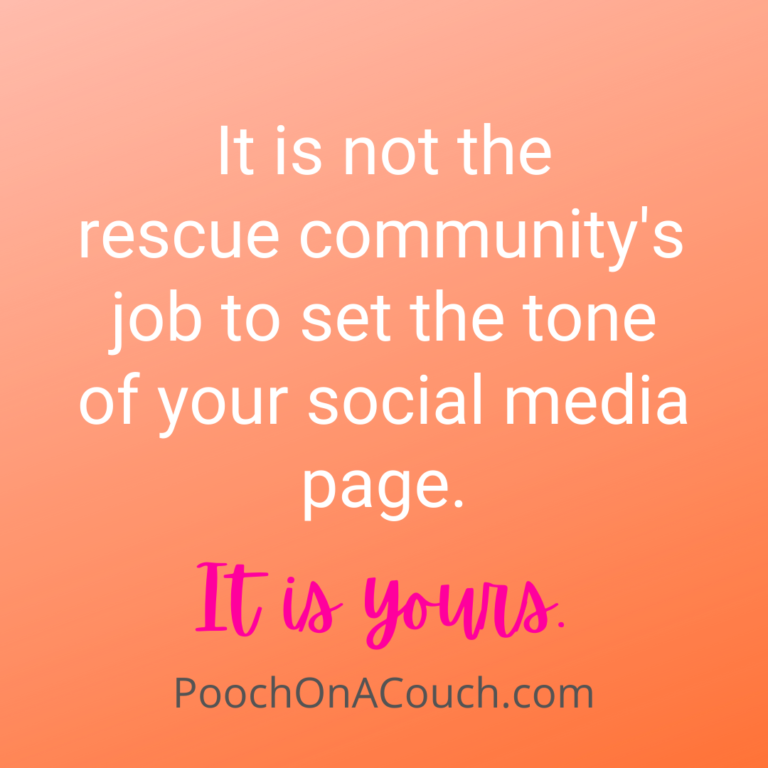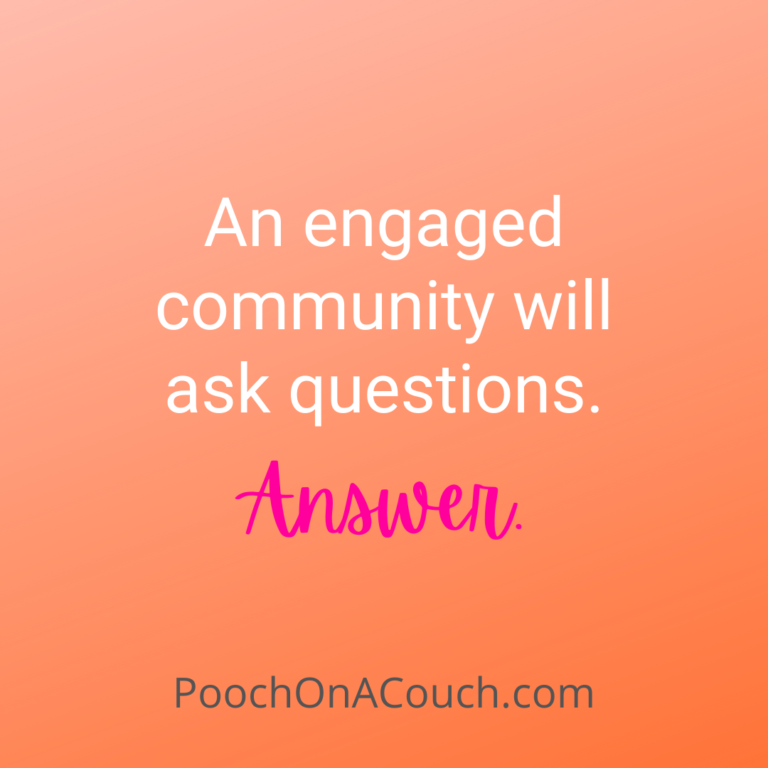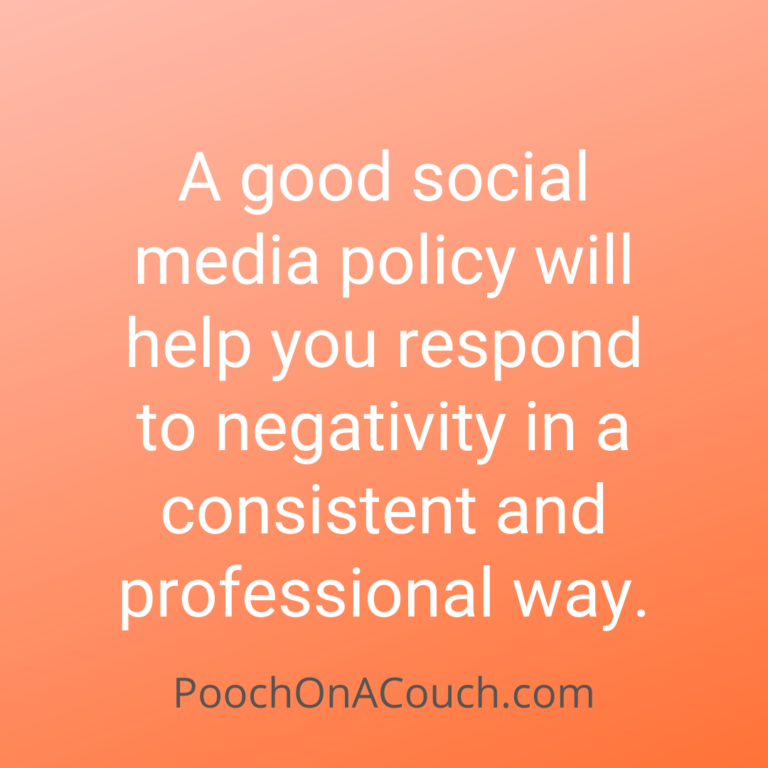Do you have an animal rescue troll on your social media pages?
It wasn’t too long ago that a local rescue group experienced a tragedy resulting in the loss of life.
I’ve walked in those shoes, so to speak. Not the same tragedy, but a poor decision resulting in a dog not surviving an injury. It was a punch in the gut and I still feel awful about it.
I made the best decision I could with the information I had. It was wrong, and I will NEVER make that same decision again.
I can guarantee you this: that rescue agency will never make their decisions the same way again, either. I know a rescuer’s heart. These folks are shattered and will make corrections in process or protocol. It is how we recover and move forward.
Part of the beauty of the rescue online community is the outpouring of support, love, and assistance when needed. Good rescue agencies not only share the heroic stories, transformations of unhealthy dogs into shiny healthy companions, and adoption happy tails, but they share the tragedies, deaths, and yes— lesson teaching mistakes.
And when we do, we get questions. We get questionings, and we may get an animal rescue troll.
How we respond will directly affect our online community.
Here’s how to tell the difference between an animal rescue troll and an engaged member of your community and how to respond to each.
I want to start by making this point:

You or your social media team is responsible for every word that ends up on your feed.
How do you want your feed to look?
- a cheerleading squad
- a shopping site
- pure drama
- an engaged and interested community eager to help your rescue agency grow and thrive
Often we put unrealistic expectations on our community members to ask the right questions at the right time. How fair is that??? Furthermore, more miscommunications and misunderstandings occur because tone is not so easily delivered.
Example:
community member: “I don’t understand why you made decision x. ”
rescue volunteer reply: “What an awful question to ask!”
Was it? What made it awful? The content? Timing? The volunteer’s bad day? The history of this particular community member’s tendency to be overly inquisitive or just blunt? An animal rescue troll looking for a fight?
Misinterpreting gets us in a lot of trouble. Jumping to conclusions isn’t good for business. Truth is, you have far fewer animal rescue trolls on your feed than members of the community that simply do not understand how your rescue agency operates and why you are choosing to use the protocols and practices that you use.
TEACH THEM.
First, you’ll make them a better pet owner, and second, you may get a full supporter of your work in terms of donor dollars or a new volunteer or adopter. They may decide to go away because they don’t agree with what you do, and that’s OK.
You’ll also illuminate your professionalism to the rest of your group.
Got Animal Rescue Trolls?
An animal rescue troll has one goal: disruption.
- shift attention away from your good work and on to them.
- provoke, agitate, rile up
- humiliate and shame
- work to get others to gang up against you. An animal rescue troll LOVES a mob.
The first step in managing your social media site is to develop a social media policy that outlines what your community can and cannot post in comments or on a group forum.
Most often, a policy will prohibit discussions that are off-topic, unkind or disrespectful language, shaming, name-calling, threatening, or harassing. Consequences for said actions are usually outlined in the policy as well so that members of your community know what you will do in the event they post something against your guidelines.
Questions are usually encouraged as this promotes an engaging community.

Once your policy is written and available on your page, you have a framework to use that will help you respond.
The second step is to prepare yourself in advance for your own emotional reaction to an inappropriate or pointed comment. Your feathers might be ruffled, but you want to present yourself cool as a cucumber. In this way, you take away an animal rescue troll’s power.
Think back to scenarios you’ve experienced on your (or other!) social media pages. Create a list of professional, factual, brief, respectful responses that you can refer to when you’ve got a comment that bristled you. Find ways to determine this person’s intent in a non-confrontational way. If they truly are a troll, they will show their intent quickly, and you can then deal with them accordingly.
As in the case above, the person asking a question was no animal rescue troll at all.
So, if I can give the best tip: Don’t be so quick to react.
- it gives a troll power.
- it is off-putting to your community.
How To Deal With Animal Rescue Trolls
- Be confident you have an animal rescue troll.
- Do not give an animal rescue troll any air. Things need air to live. Ignore them. Do not acknowledge their presence or their comment. Have your moderators help your community to ignore them, too.
- If you’ve got it in you, diffuse with humor.
- Be factual and brief in stating your facts. If you are confident in your policy and practice, stand behind it.
- If an animal rescue troll is bringing up an event or occurrence and harassing you with blame, consider if admitting your mistake is appropriate. You can acknowledge an error as a learning opportunity without going into a long back and forth on a public forum.
- Remove an animal rescue troll from your page or group when they continue behaving against your policies.
How To Manage Engagement On Your Social Media Pages
Dealing with members of your community is a bit different.
- I think it is critical to take the time to understand the intent of the person’s question or comment. In the case above, the person asking “I don’t understand…” could really mean, “I’m missing some details here that will help make sense of this” instead of, “I don’t understand how you could be so heartless, thoughtless, reckless, negligent.”
- Remember: not everyone went to charm school or has your same training in etiquette. “Rude” is subjective and common. Move past it and get to the heart of your member’s need.
- Educate. When you have an opportunity to educate your community, take it. Your community looks to you as an expert in your field.
- If you are bristled by a comment, give yourself 10 seconds. 20 seconds. 20 minutes. There is no rule that says you have to give an answer in a certain time frame. If you have a social media team, hand that off to someone else if you need.
- Listen. Validate the member. “I hear your concern.”
- Listen. Do they have a valid point? Is this a person with knowledge that could benefit your organization? Might they be a potential volunteer, officer, or board member?
- Defer without avoiding. “We are still assessing this tragic event and we will have more to share in the future.” Make sure you follow up with a statement to your group.
- Align your responses with your policies. “It has always been our policy to ….. when processing adoption applications.”
- Acknowledge this person may not be part of your tribe. “We understand not everyone will agree with our policies.”

Other Tips To Manage Your Social Media Pages
- Vary your posts. Don’t just post cute pictures of your new intakes or beg for fosters or donations. Talk about treatment plans, adoption updates, policy changes, your annual report. Present your organization as a living, breathing, changing, evolving entity that is committed to growth and improvement. Your rescue’s page should tell your rescue’s story.
- Admit mistakes. Once, I took to social media to share a “V8” moment I had with a dog’s care that once I recognized what I’d overlooked, made for a better treatment plan for that dog and every dog going forward. The ah-ha moment for me resonated with the community. I didn’t get one “you stink” comment.
- Celebrate your successes!
- You are an expert in your field. I’m gonna repeat that.
- You are an expert in your field. Your community views you more as an expert and less as a hero. Talk about why you do what you do. Share what you discover. Teach what you learn, whether that comes by your successes or your mistakes.
Having an online community is good for business. It is how rescue agencies illuminate themselves, shine a light on the good work done for homeless animals. If you want to grow your volunteer base, your foster home pool, your donor base, and your audience (who know how to use the share button), COMMIT to developing your professional vibe. Start with the foundations of a social media policy for your group, and work to identify how you post, what you post, and how you interact with your community, even if they could have typed their question in a more appealing way.




